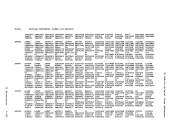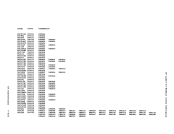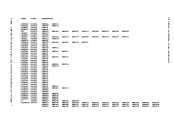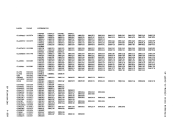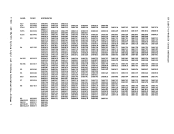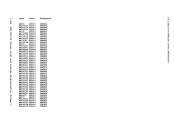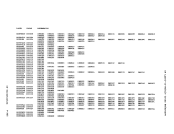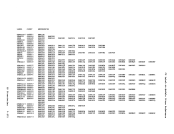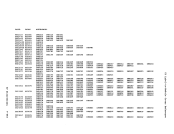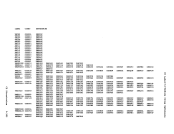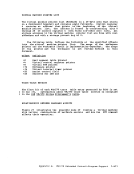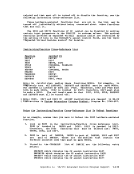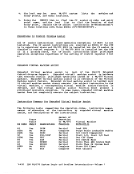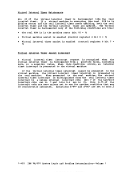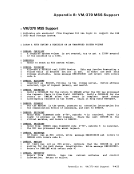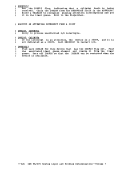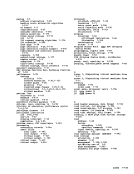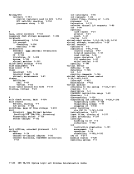paging. This
determine the pages required
reference a page that is not available in real .ain storage. This
indicating a page or
condition, control is passed to the paging
frame of real .ain storage and to bring in the desired page.
course of translating a user's channel program). If, in the process
of translation,
resident in real storage, a call is
machine is unable to continue execution; however, it
run other tasks in the
is being paged in.
In addition to demanding pages, virtual
explicitly release page
the space
via a
page frames that are to be released. An entire virtual storage is
released when a user loads (via
and virtual storage buffers for spooling and
operations. Although
execution, it does not run in relocate
Real storage manage.ent allocates the system's page
storage to satisfy the
virtual
paging manager uses only enough processor
pages that are
progra.s.
Inefficiency in the first area causes a condition known as thrashing.
which
residant long enough for useful
than the system can handle (the






















































































































































































































































































































